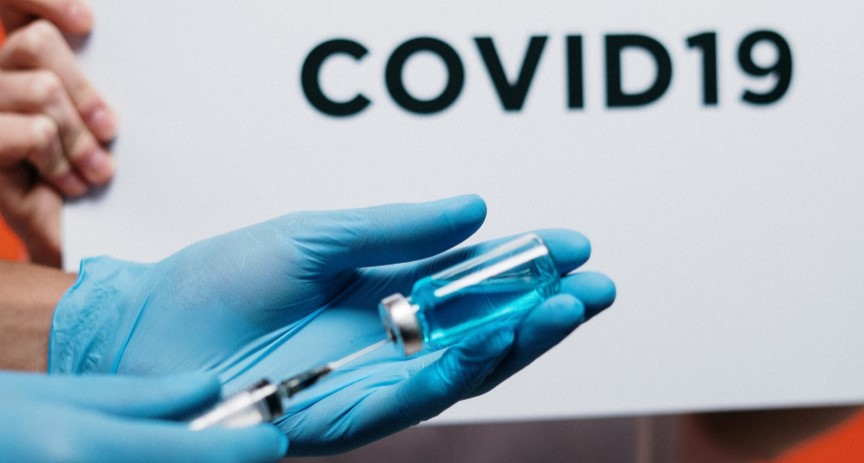
As new strains of the coronavirus gain footing in states across America, some cities are faring better than others. In Los Angeles County, where over 5 million vaccine doses have been successfully administered, the population sees a downward trend in infection rates. Health officials are apprehensively hopeful that the county may start to see the light at the end of the tunnel.
Once the hotspot of COVID-19 cases in the United States, over one million LA County residents contracted the virus during the pandemic. While some patients experience mild to moderate symptoms, others fight for their lives in intensive care units. Coronavirus patients commonly report breathing trouble, feverish temperatures, and loss of taste. Now, over a year after the World Health Organization declared the global pandemic, stories of unusual symptoms have come to light.
The impacts of coronavirus are notoriously unpredictable. Here are six unusual symptoms plaguing LA County residents.
Back pain
When talk show host Ellen DeGeneres spoke out about her COVID-19 induced back pain, thousands echoed the observation. The connection between back pain and the virus was confirmed by medical researchers who found it was the second most common long-term symptom. Of course, back pain alone has not been an indicator of infection and should not be confused with chronic back pain. Persistent and enduring, chronic back pain lasts up to 12 weeks or longer and impacts everyday movements like walking or sleeping. For those chasing a good night’s sleep, investing in a high-quality mattress can help relieve back pain and allow you to catch some much-needed zzzs.
Not only will these uninterrupted eight hours of sleep restore the pep in your step, but these tossing-and-turning-free nights will boost your immune response and minimize your chances of COVID contraction.
COVID tongue
Most infected patients report a lack of taste or smell, especially during the early stages, but a select few have also noted physical changes to their tongues. Inflammation, bumps, and swelling are rare irritating side effects of COVID-19. Some patients even report burning sensations in their mouths. Although the condition is not known to have lasting impacts, it’s one more nasty symptom of the virus.
Skin appearance
It’s no surprise the largest organ in the human body is impacted by an autoimmune disease, but the resulting symptoms are strange, to say the least. In those reporting side effects on their skin, young patients are more likely to develop itchy sores and patches. There have also been reports of red or purple-colored toes that swell to uncomfortable sizes. Luckily “COVID toes” go away on their own and don’t require medical treatment.
Eye complications
Similar to the skin on the body, the virus can also impact eyelids. Some patients experience increased sensitivity to light and excessive watering. For others, enlarged red blood vessels cause irritation and swelling. While these symptoms are few and far between, they are signs of severe infection and should be treated by hospitalization.
Confusion
Unusually, doctors treating COVID patients have observed neurological symptoms quite often. Dizziness, delirium, and even hallucinations stemming from the virus have been reported, especially in older patients. The cause of brain fog remains a mystery, but most professionals believe it’s a sign of the body’s immune response to inflammation in the brain.
Happy hypoxia
Some COVID patients with dangerously low oxygen levels display what professionals are calling “happy hypoxia.” Instead of passing out or acting lethargic, these rare individuals seem comfortable and even cheerful. More research is needed to determine what causes this phenomenon, although some clinicians speculate it could result from blood clots in the lungs.
Stay safe
Even as vaccine rates increase throughout the country, covid safety measures are vital for the safety of communities. For populated areas like Los Angeles County, practicing safe distancing and wearing masks will ensure the infection rate continues to dwindle. Soon, the world will return to normalcy, and the pandemic will be a communally shared fever dream.
–